Ambalangoda Guide
Ambalangoda is a small, seaside town on the southwestern coast of Sri Lanka. The area is best known for its masks and traditional ‘devil dance’ performances, but there’s plenty to do here besides! The Madu Ganga wetlands are just begging to be explored, and local white-sand beaches for which Sri Lanka is famed are some of the most beautiful in the country. There are a wide variety of cultural and natural attractions in the region, making Ambalangoda the perfect spot for your vacation.
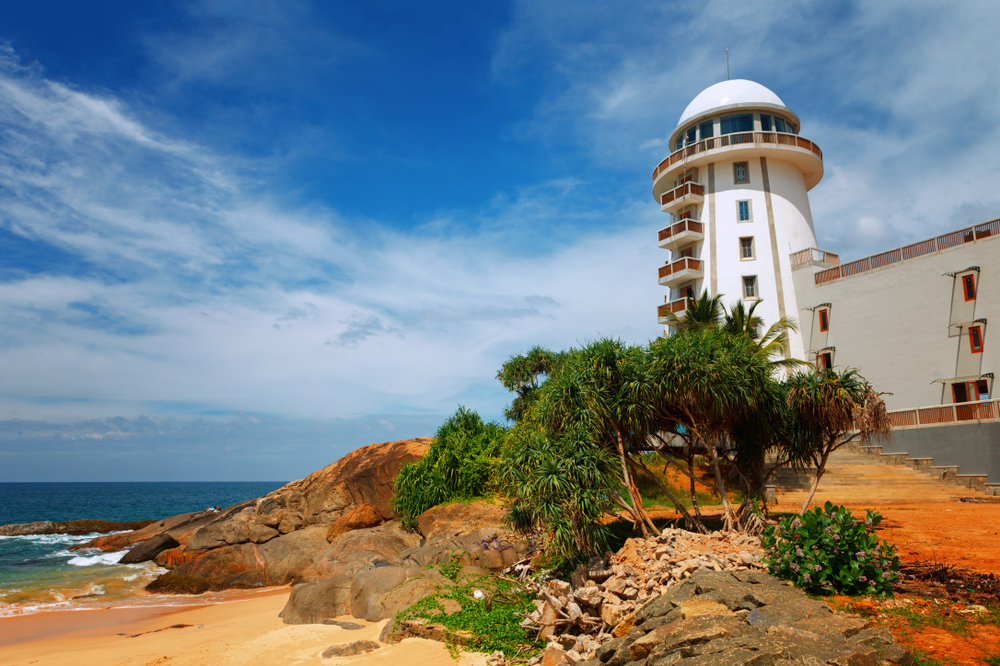
| Price | Good for | Airport | Kids | Culture | Beaches | Dining | Nightlife | Surf | Safari |
|---|---|---|---|---|---|---|---|---|---|
| $$ | Culture, beaches, nature, wildlife | 28 miles | * ** | * ** | * ** | ** * | * | * | ** |
What’s Ambalangoda known for?
Ambalangoda is most famous for its ancient tradition of mask-making, an integral part of traditional Sri Lankan performance and theatre. The Ariyapala Masks Museum is a must-visit in town, as well as the Puppeteers of Lanka – one of the best puppet museums in the country! Ambalangoda is also well-known as the home of Sri Vijayarama Purana Viharaya, a Buddhist temple with the largest collection of wooden Buddha statues in Sri Lanka. Cultural attractions aside, the town is famed for its spotless, white-sand beaches where you can relax and soak up the Sri Lankan sunshine.
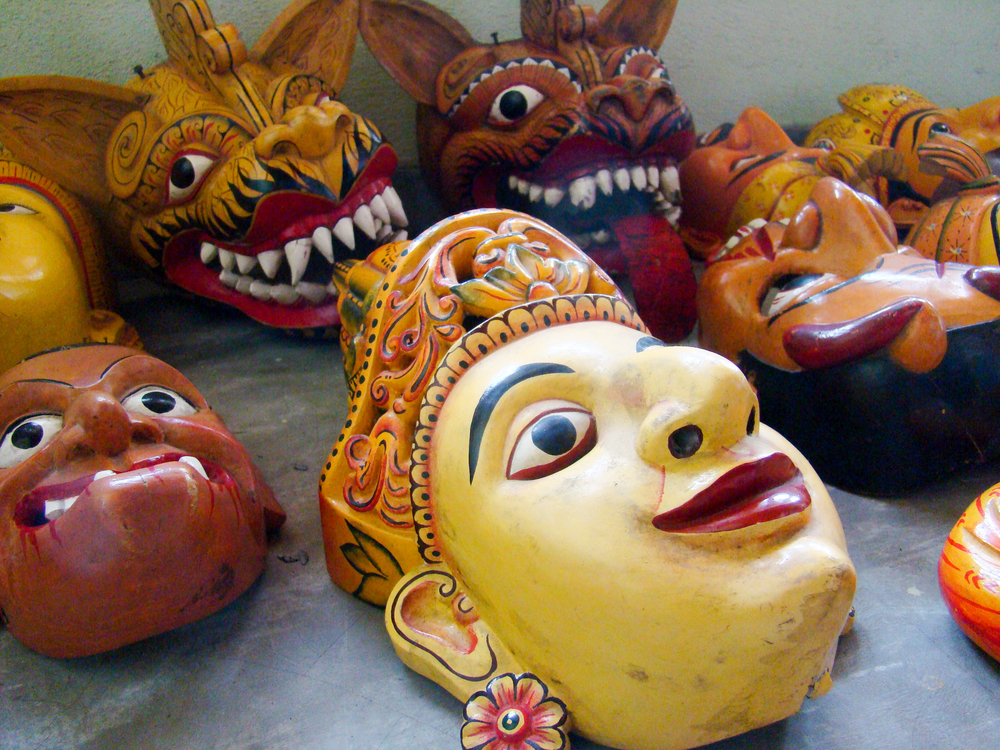
When should you go to Ambalangoda?
For the best weather
The temperature in Ambalangoda averages 28 – 30 C (82 – 86 F) throughout the year, so you’re guaranteed warm weather whenever you visit. If you want to stay dry during your trip, however, aim to be there during January, February, March, June, July or August. These are the ‘dry season’ months, and see less rainfall than other times of the year.
https://www.instagram.com/p/BsawTAaABkF/
To beat the crowds
Tourism in Ambalangoda is highest during the months of July, August and December. To avoid the crowds, plan your trip for March or June. There are fewer visitors in town at this time of year, but the weather should still be dry and sunny!
Who should go to Ambalangoda?
The laid-back town of Ambalangoda is very popular among families who love beautiful beaches and local wildlife. Culture-enthusiasts will also enjoy Ambalangoda thanks to the temples and museums in town.
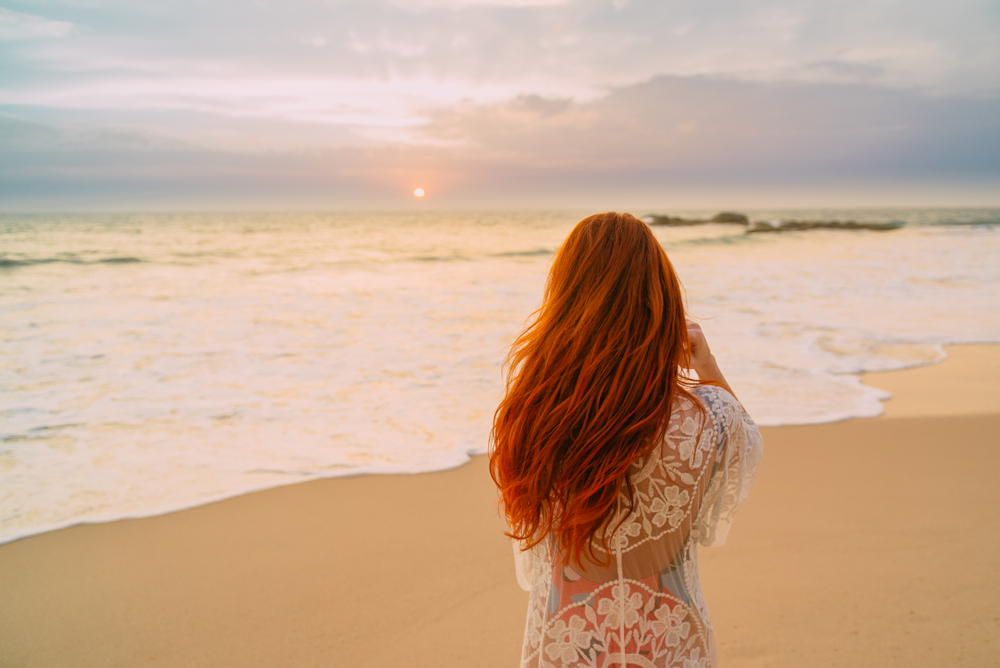
Things to see and do in Ambalangoda
Take a boat safari along the Madu Ganga (Madu River)
The Madu Ganga wetland can be found just a few kilometres from Ambalagoda and is a great place to check out the local wildlife! The mangrove islets that can be seen all along the river are home to a complex and thriving ecosystem, including hundreds of plant, bird and reptile species. In addition, bird watchers will love Madu Ganga’s feathered inhabitants, which include vibrantly-coloured kingfishers and cormorants. Take a boat safari during your time in Ambalangoda to see these and huge monitor lizards, monkeys, snakes and even crocodiles!
Tours of the Madu Ganga often stop at Cinnamon Island, where the locals produce cinnamon sticks and oil. This is a fascinating spòt for those interested in learning more about the production of this spice. You can even buy some to take away with you after, for a delicious traditional souvenir from Sri Lanka.
Sri Vijayarama Purana Viharaya
Take a tuk-tuk ride to Sri Vijayarama Purana Viharaya while you’re in Ambalangoda! This spectacular Buddhist temple is known for its incredible architecture but is even more famous for its Buddha statues. Sri Vijayarama Purana Viharaya houses the world’s largest collection of wooden Buddha statues, all exquisitely carved by skilled local craftsmen. The Buddha can be seen in many different positions throughout the temple, and intricate murals depict details and stories relating to Buddhism.
https://www.instagram.com/p/Bia7cbOAibP/
This magnificent place of worship is a must-see in Ambalangoda and is quiet and calm throughout the day. Many visitors come for the tranquility and peace of the temple, which can be felt in every corner of the grounds and building.
Learn about Sri Lankan cultural arts at the Ariyapala Masks Museum
Masks are an iconic part of Sri Lankan culture and its traditional storytelling. These masks are usually brightly painted and ornately carved, and are most often used in Sri Lankan ‘devil dancing’.
This ancient tradition is a type of theatrical performance that dates all the way back to the 1800s. Today, masks are still a big part of dramatic performances, dance and various rituals throughout Sri Lanka.
The art of mask making is confined to only a few areas in Sri Lanka, of which Ambalangonda is the most famous! The Ariyapala Mask Museum in town is well known for their extensive collection of ancient traditional masks and is the best place to learn more about their place in Sri Lankan culture. Their knowledgeable guides can clue you in about the art of mask making, the different types of masks and their significance. After your tour, stop in at the museum store to browse for authentic souvenirs.
Relax at the beach
Ambalangoda beach is less touristy than other places along the southern Sri Lankan coast. This is great news for anyone hoping for a little tranquility, as the beach rarely gets busy! This makes it ideal for sunbathing, reading, yoga or a quiet stroll along the waterfront. With clean, white sand, sparkling waters and a border of vibrant jungle greenery, Ambalangoda beach is postcard-perfect!
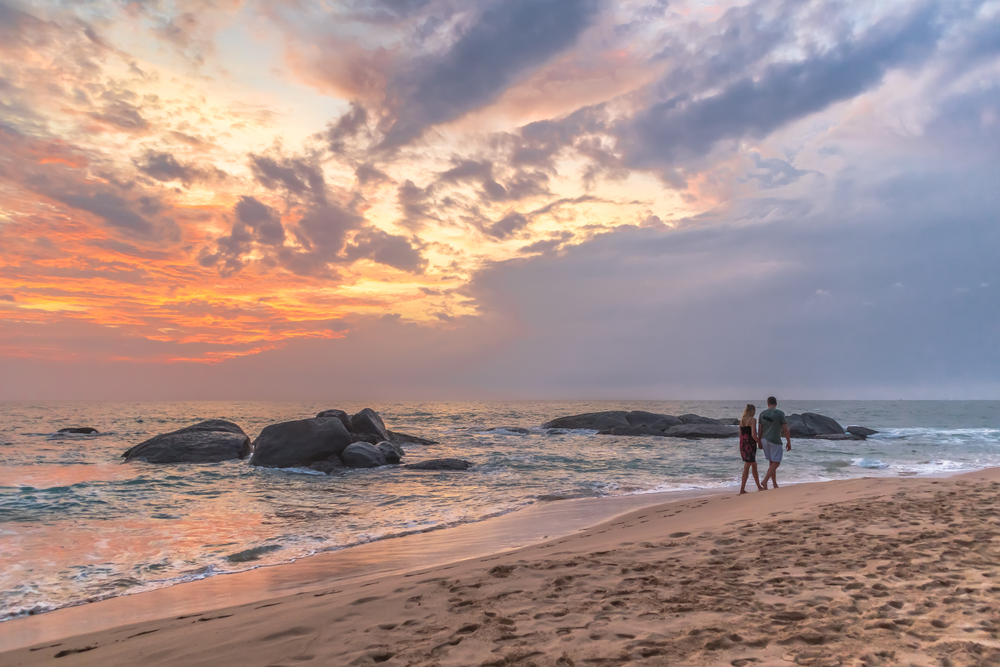
Go see a traditional devil dance performance
Sri Lanka is famed for its devil dances, a folk ritual that uses demonic masks to portray its characters. Traditionally, these dances were performed by Sri Lankan villagers in the belief that they could alleviate various diseases and ailments. These illnesses were believed to be caused by unseen demons, which could be driven away by the dancers and drums. The ritual would typically last until morning and often involved everyone in the village.
Today, these dances have evolved from a ritual into performance art, and Amablangoda is one of the best places in Sri Lanka to see one!
Take a fascinating peek into Sri Lanka’s ancient traditions by attending one of the dances, and admire the intricate design of the grotesque masks on display.
Off the beaten path
Puppeteers of Lanka
Puppet shows are a key part of Sri Lanka’s history and a big part of the country’s storytelling culture. Performances traditionally last for hours and involve complex and detailed plots to hold their audiences completely captivated!
The art of puppetry was born in Ambalangoda, so the town is the perfect place to learn more! Their puppetry museum, Puppeteers of Lanka, is the best place in the country to clue yourself in on this cultural art. The museum features a large collection of colourfully painted and expertly crafted marionette puppets, alongside information about the history of puppetry in Sri Lanka. Once you’ve looked around the museum, make sure you stick around for one of their traditional puppet performances!
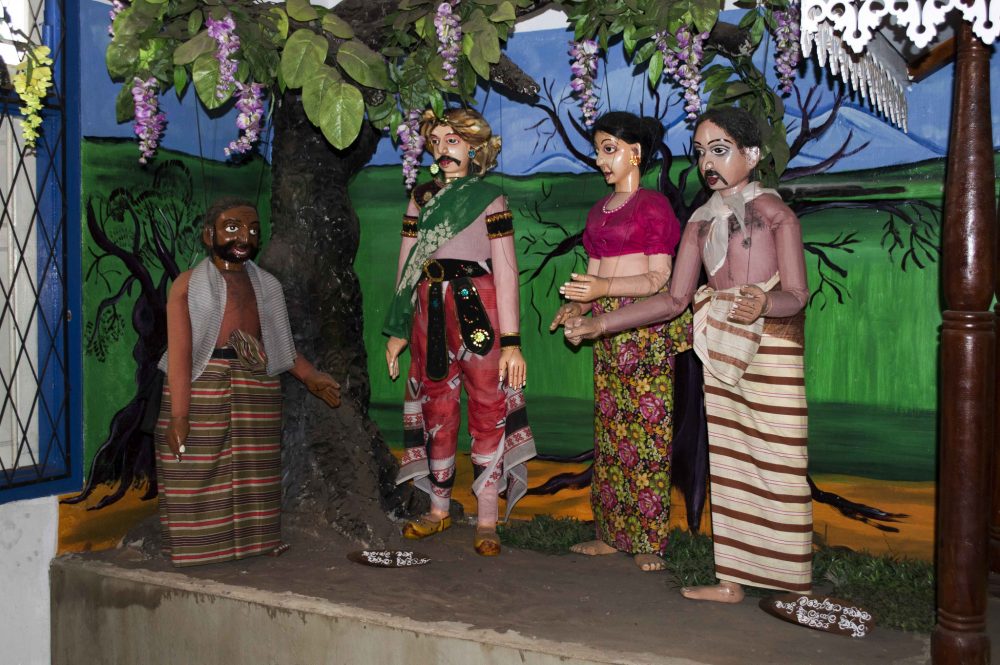
https://www.flickr.com/photos/nipul_silva/12859359833/in/photolist-frm13X-g2Gtvi-pArpVv-aQttKz-a1s9Tn-9r479d-jam96e-kAkzEz-bvCAUj-kAkDjZ-6wrPdA-gAKJyo-kAkxrM
Where to eat in Ambalangoda
Chill Pill Beach Restaurant
Perched on the Ambalangoda beach front is Chill Pill, a restaurant where you can really relax! Here, you can enjoy authentic Sri Lankan dishes with a breataking ocean view. Try their seafood or arrive in the evening for one of their classic cocktails. If you’re looking for after-dark entertainment, Chill Pill is one of the best spots in town for music, drinks and happy vibes.
View this post on Instagram
Bord’eau Restaurant And River Cruise
Seafood fans should look no further than Bord’eau, a fantastic fish restaurant with a prime riverside location. To see more of the Madu River, take a boat cruise before dinner to take in the spectacular surrounding scenery. Afterwards, sit back to enjoy the sensational views of the river at sunset as you dine.
White House
With a varied menu featuring international dishes from both West and East, White House has something to satisfy everyone. They have a decent assortment of veggie dishes, a chilled ambience and cold beer – perfect for a casual meal in Ambalangoda!
View this post on Instagram
Where to stay in Ambalangoda
To be by the beach
The best place to be in Ambalangoda is the beachfront! The town’s white sand beaches and clear, sparkling ocean can be right on your doorstep if you find a room at the coast. Being by the sea doesn’t mean you have to be far from the center of town, either; you can still enjoy the local amenities, despite being only a few steps from the sand!
